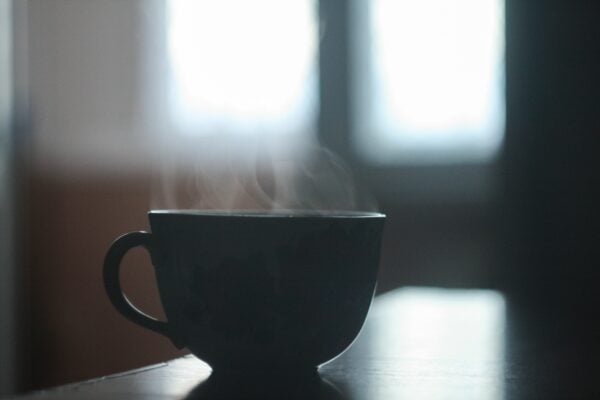Stories About Tea welcomes the second post of Chaminda from Lumbini Tea Valley in Sri Lanka. In this post he explains why their Sinhara Wiry Tips is the most decorated tea in the world.
What do you do in March at Lumbini?
February and March is the dry season for not only Lumbini but for whole tea regions in Sri Lanka.so we get very less intake of green leaf ,but we can produce different types of tea for this season. In the dry season what happens is the tea bush is facing high day temperatures(30c) and low night temperatures(18c), with the very dry climatic conditions. So to adjust to this extreme climatic condition, the bush is naturally producing different types of combination of flavors.when we manufacture the leaf properly and carefully which comes out from the bush these days,the tea gives out a different flavor profile.we call this as the seasonal character of the tea. So Lumbini is very keen on this seasonal character and produce a totally different tea called Ruhuna seasonal tea in March. And Lumbini is getting ready for the Sri Lankan new year which comes in April.
In your previous post you mention the unique situation of Lumbini. How does this unique location influence the taste? Can you explain what the region brings to the taste of the tea leaf?
As I mentioned you earlier, this unique location is a gift to the Lumbini tea valley.we are surrounded by 20000 hectares of virgin rainforest in Sri Lanka called Sinharaja rain forest.this is the only virgin rainforest in Sri Lanka. This rainforest has a very high density of oxygen produced naturally by the giant trees and Lumbini tea valley is filled with that oxygen. And maybe you know tea has a process called oxidation, what happens is the rolled tea leaf is absorbing the natural oxygen and producing the flavors combining with the natural enzymes in rolled tea leaf. So oxygen is a very essential item when it comes to the flavor of the tea. Because Lumbini tea valley has a huge density of oxygen, the tea we produce has enough of oxygen to enhance very nice flavors. This uniqueness is very rare in any plantation in Sri Lanka, and the taste Lumbini produces is not available in any other tea in Sri Lanka.

On the other hand Lumbini tea valley is only two hours from the southern coast and we are very lucky to get the sea breeze coming from the southern coming through the plantations. So the combination of the oxygen coming through Sinharaja and the sea breeze from the southern coast also gives the bushes to breath two different combinations of air which the bush can produce different types of flavor as well. We call this unique taste ‘rain forest floral honey taste’.
You mention Lumbini Sinharaja Wiry Tips as the most awarded tea in the world. Ho would you describe this tea? And how is this tea being produced?
Sinharaja Wiry Tips is the signature tea of Lumbini tea valley and as I mentioned it has got 30 different types of awards from 7 different countries. It is the most awarded single tea variety in the world. This unique tea contains only the buds of the two leaf and these buds give this tea a totally unique taste with the combination of the above mentioned unique location difference. As far as I know, no other tea in the world has this unique taste and nobody has matched this taste. That is why this tea gets an award each and every competition it goes. This tea has a very complex taste with the combination of the floral honey taste. This unique tea is going through the total manufacturing process of withering, rolling, oxidation, drying and grading. We extract this with a unique type grading technique using the ancient methods of tea grading. We manufacture very limited quantity of this tea.
What is the most interesting part in developing a tea and why?
When we are developing a tea, there are many stages which you can create that tea to be a unique tea. The most important part is getting the good raw material to produce, two leaves and the bud. Without this raw material nobody can produce a good quality tea and withering and rolling is also playing a huge roll as well. Then the oxidation plays a very special part too, since in oxidation we can play with lot of parameters and produce a unique tea.




